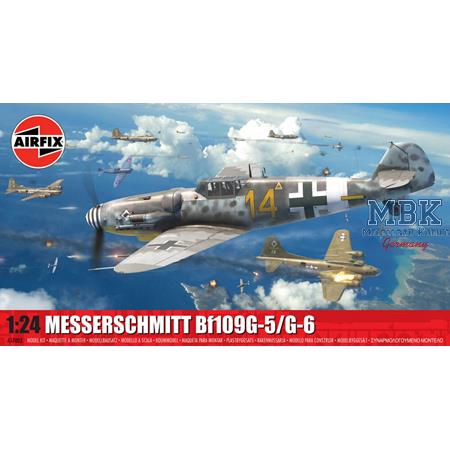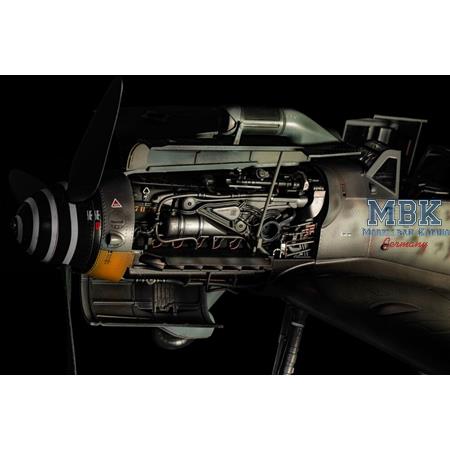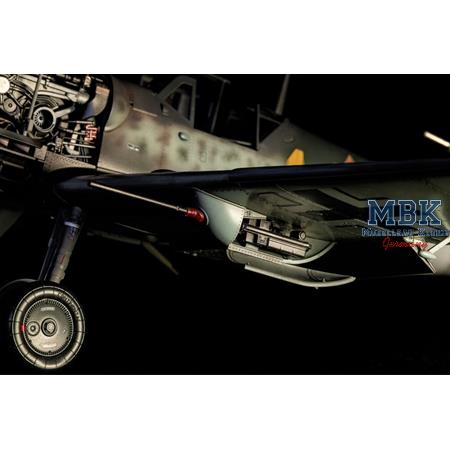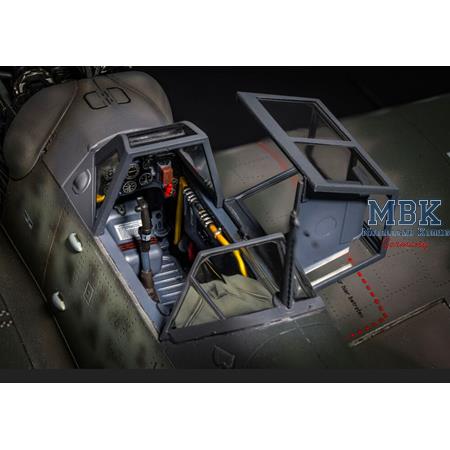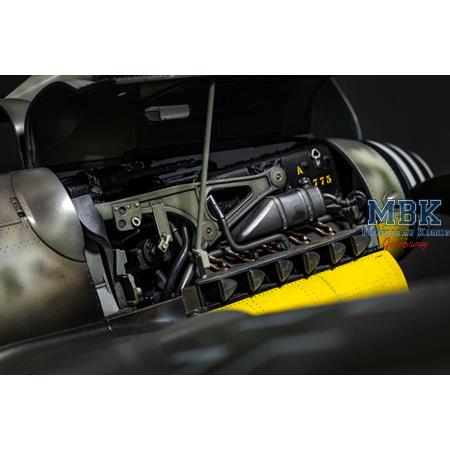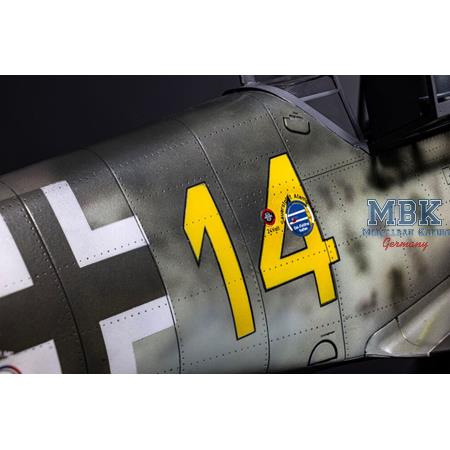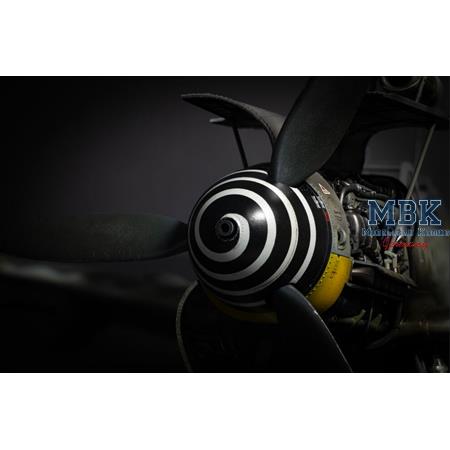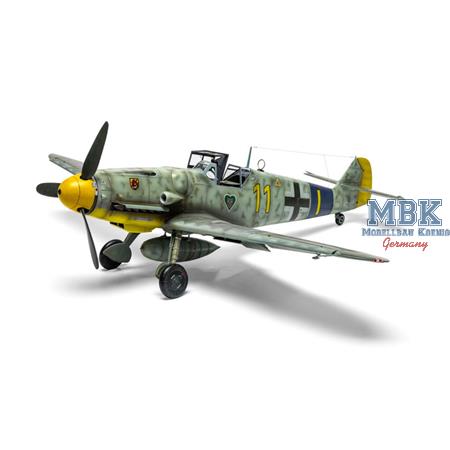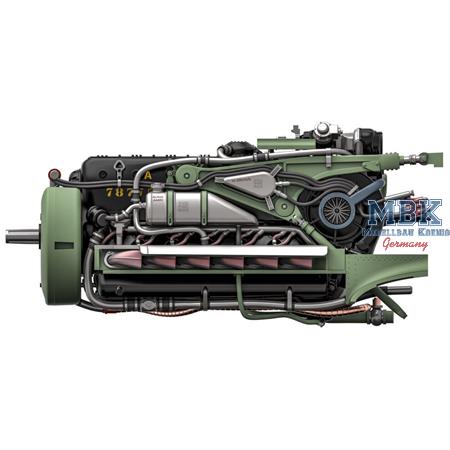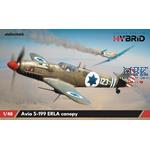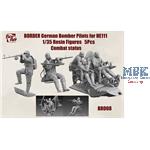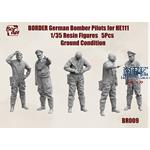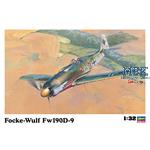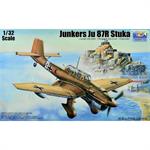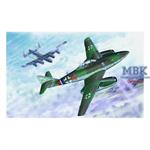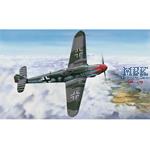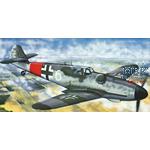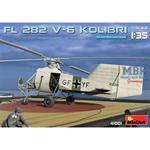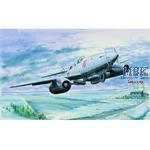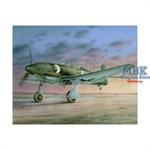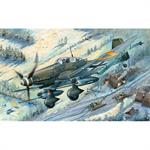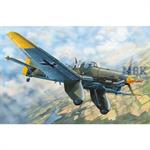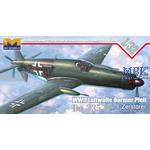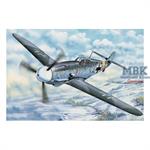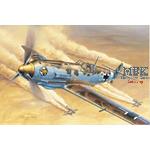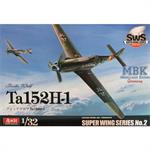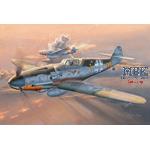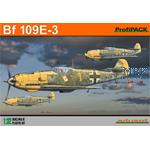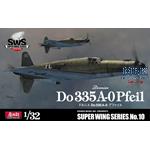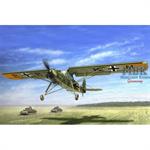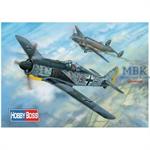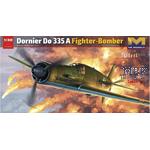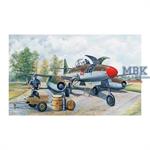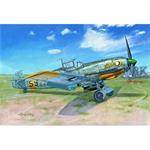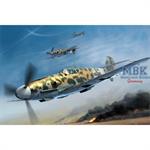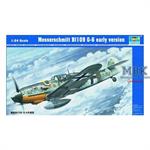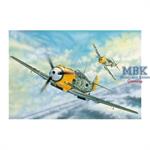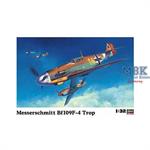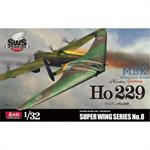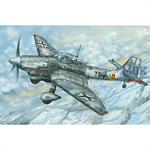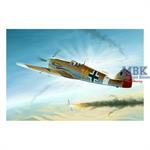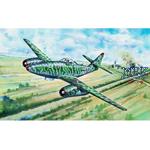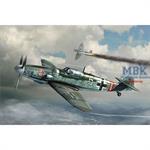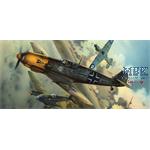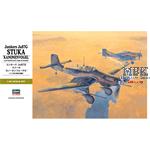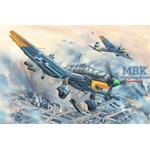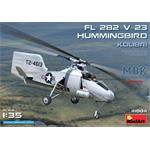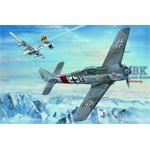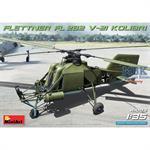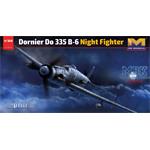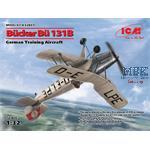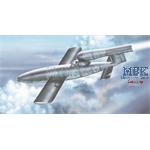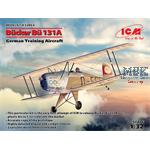Messerschmitt Bf109G-5 / G-6 - 1:24
AIR17003
AIRFIX
1:24

You save: 9 %
Plastic model kit of a Messerschmitt Bf 109/G-5/G-6 fighter aircraft
- Scale 1:24
- Length (built) 378 mm / Wingspan 414 mm
- 405 parts
- The model can be built with or without the detailed DB605 engine.
- Engine cowlings and oil cooler can be displayed in the open or closed position.
- Two engine cowling types to choose from (MTT and Erla).
- The cockpit canopy can be displayed open or closed.
- (Two canopy types included)
- Additional engine and cockpit parts for the G-5 (pressurized version) are included.
- Optional 300-liter fuel tank and wing-mounted cannon pods.
- Ailerons, elevators, and rudder can be repositioned to add detail to the model.
- Radiator and flap positions are individually adjustable.
- Numerous optional parts for specific aircraft configurations, e.g. B. Rudder pedals, sights, trim wheels, instrument panels, landing gear wheels/tires, and windscreens.
- Detailed nose armament with machine guns, mounts, and ammunition boxes included.
- The slip-molding process allows for the detailed reproduction of engine cowlings, fuselage, exhaust pipes, and gun barrels.
- Unbuilt/unpainted
- Paint and glue not included
Pre-order price valid until 30-Nov-2025 / 23:59 Uhr (CET)
The Bf 109, arguably the Luftwaffe's most important fighter aircraft in World War II, was designed by Professor Willy Messerschmitt. The prototype made its maiden flight in May 1935. After winning a design competition against models from Arado, Heinkel, and Focke-Wulf due to its higher speed and better maneuverability, it entered service in 1937 as the Bf 109 A-0. Early versions flew with the Condor Legion in the Spanish Civil War and with the Luftwaffe during the invasion of Poland.
The Bf 109 E appeared in late 1938 as the first major revision of the design. The Junkers Jumo 210 engine used in earlier versions was replaced by the larger and more powerful Daimler-Benz DB 601. The resulting increase in heat necessitated improved radiators, which were relocated from the nose of the aircraft to the modified and reinforced wings. The Bf 109 E became a symbol of the Luftwaffe in the skies over England and engaged in dogfights with RAF Spitfires and Hurricanes.
In 1940, Messerschmitt engineers worked on the Bf 109 F, which was equipped with the DB 601E engine and significantly improved aerodynamics. The wings were reduced in size, and the new, rounded wingtips were used on all subsequent variants of the Bf 109. The tail assembly was redesigned to eliminate the support struts, and the fuel capacity was increased to extend the range to 1,060 m (1,700 km). The Bf 109 F entered service in October 1940.
The DB605 engine was designed to be simpler to manufacture than the complex DB601E. By increasing the displacement and compression ratio, its power output was boosted to 1,455 hp. The Bf 109 equipped with this engine became the Bf 109 G "Gustav". Production of the pressurized Bf 109 G-1 began in February 1942, followed by the non-pressurized Bf 109 G-2 in May 1942.
In February 1943, the nose-mounted 7.92 mm MG 17 cannons were replaced by the 13 mm MG 131, resulting in the characteristic curved engine cowlings of the G-5 and G-6 models. With over 12,000 aircraft produced, the G-5 and G-6 were the most produced variants of the Bf 109. The high-altitude version, the G-5, featured a pressurized cabin with a motor-driven compressor and sealed cockpit glazing.
The Bf 109 G could be equipped with two additional MG 151/20 cannons in underwing pods, as well as a 300-liter fuel tank, rockets, and bomb racks. Tropical equipment enabled the Bf 109 G to operate in the dusty conditions of North Africa.
The G-6 was initially deployed with Jagdgeschwader 27, 51, 53, and 77 in the Mediterranean theater and later with numerous Luftwaffe fighter wings in Western Europe and on the Eastern Front, where its most successful fighter pilot, Erich Hartmann, achieved 352 aerial victories.
Write now your personal experience with this article and help others with their purchase decision.


